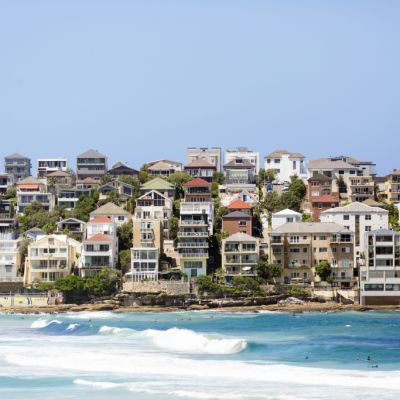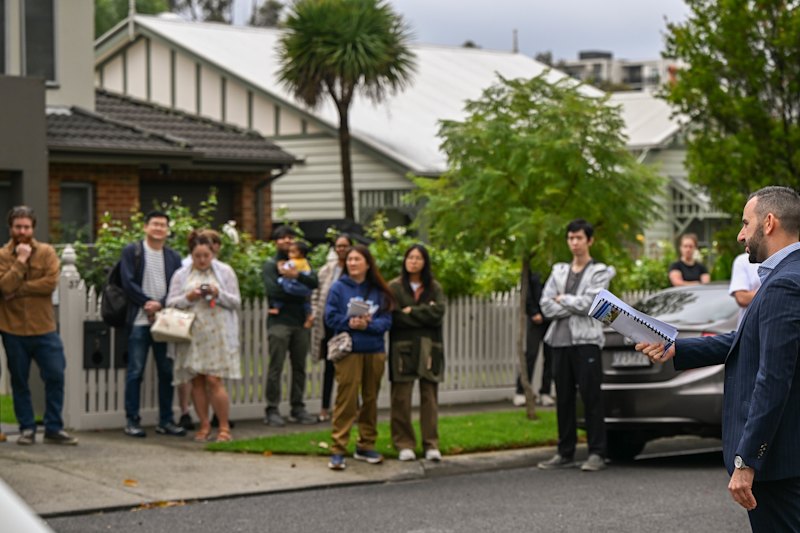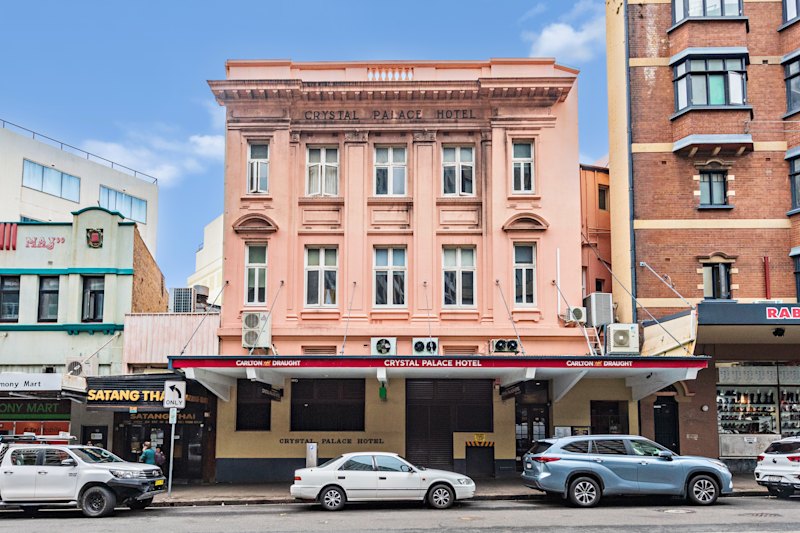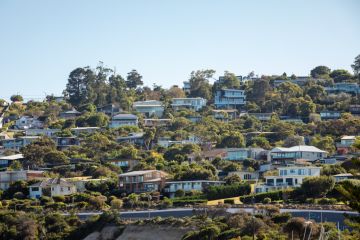'Population shock' to cause short-term oversupply of housing, inner-city apartments to be hardest hit
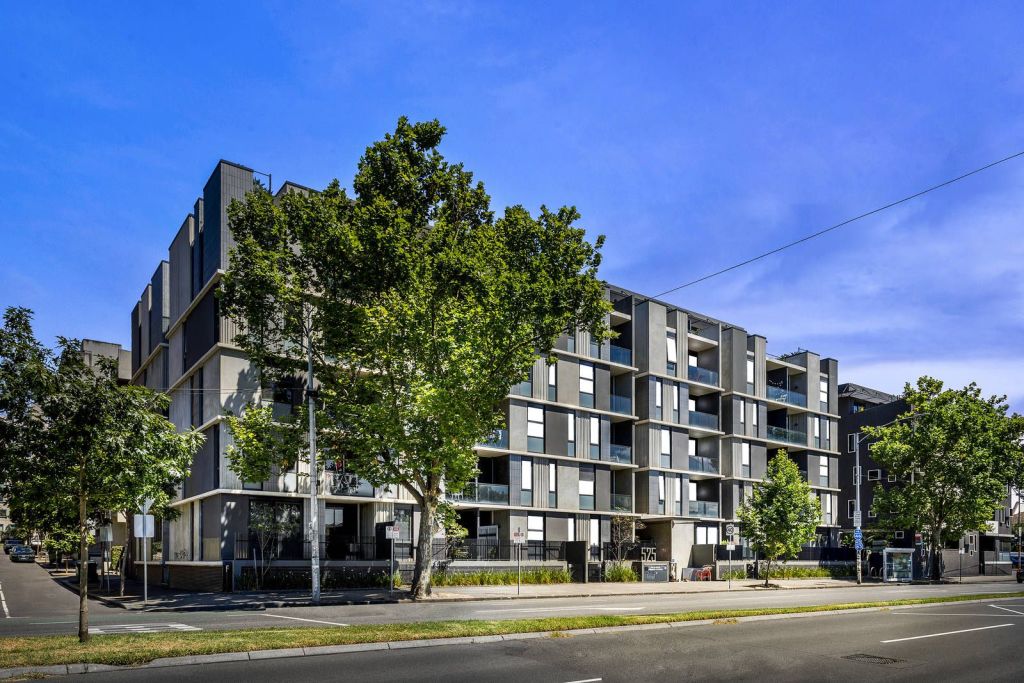
COVID-19 has caused the largest shock to Australia’s population growth since the World War I, triggering a forecast fall in demand for housing of 286,000 dwellings over the next five years.
A report by the federal government’s National Housing Finance and Investment Corporation (NHFIC) predicted new housing supply would exceed new demand by about 127,000 dwellings in 2021, and 68,000 dwellings in 2022, with Sydney and Melbourne to have the largest excess supply of housing stock.
But NHFIC believes the impact will be largely limited to city based apartments, particularly in capital cities along the east coast.
This will probably lead to a short-term drop in rents, putting downward pressure on apartment prices in those markets.
Speaking at NHFIC’s “State of the Nation’s Housing: 2021 and beyond” webinar on Wednesday, CEO Nathan Dal Bon said the short-term oversupply of housing was “nuanced”, with record low interest rates and government incentives such as HomeBuilder and the First Home Owner Grant stimulating demand in some sections of the market, namely detached housing.
“From my perspective, there is clearly a great deal of momentum in segments of the property sector thanks to low interest rates and considerable fiscal stimulus,” he said.
“This has had the desired impact of stimulating demand at a time of significant uncertainty. However, this headline story is more nuanced. For example, there is significant differences between detached housing and apartments and across regions and metro areas,” he said.
With international borders closed to new immigrants, including international students, Australia’s total population growth is expected to reach its slowest.
“Those border restrictions have also meant that the pandemic will result in a net outflow of migrants for the first time since 1946,” said the Centre for Population’s assistant secretary Merrick Peisley.
“COVID-19 has been not just an economic shock but an Australian population shock,” he said.
He said while the Centre for Population still expects Australia’s population to grow, “it’s going to be 4 per cent smaller — or $1.1 million fewer people — by 30 June, 2031, than it would’ve been without COVID-19.”
First-home buyers have also been boosted housing activity by taking advantage of low interest rates and government stimulus, accounting for more than 40 per cent of total new housing loans — 10 percentage points higher than the long-term average.
“As this stimulus tapers off, there is a question of what sustains growth going forward, particularly if immigration takes several years to recover,” Mr Dal Bon said.
“There are also grave concerns that the momentum in the system is reigniting housing affordability issues,” he said.
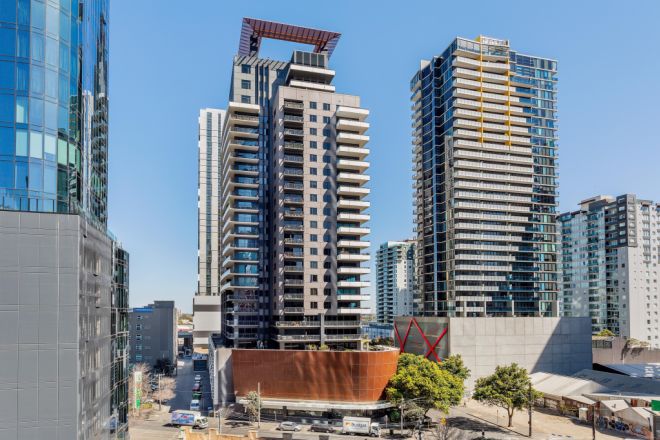
Given the dramatic drop in immigration in the short term, housing supply is expected to exceed demand by almost 60,000 dwellings in Sydney and almost 70,000 dwellings in Melbourne across 2021 and 2022, with increased demand to soak up some of this supply beyond 2023, the State of the Nation’s Housing 2020 report found.
In Brisbane, NHFIC also expects supply to exceed demand across 2021 and 2022, but more modestly.
In Perth and Adelaide, it expects housing demand to increase from 2021, but the supply to be relatively subdued, resulting in a negative net undersupply beyond 2022, putting upward pressure on rents and housing prices.
“The housing demand shock is large and unprecedented with the biggest impact to be felt in the apartment and rental segments,” the NHFIC report states.
But, the lower growth of new housing demand is likely to be temporary. From 2023 to 2025 ,on the back of a strengthening economy and a return to normalisation of Australia’s migration program, new demand is expected to exceed new supply.

“Beyond 2023, demand is projected to modestly exceed supply as the construction industry begins to respond to the uptick in demand. This will result in Melbourne’s supply-demand balance becoming negative, that is, there will be an undersupply of almost 16,000 dwellings in 2024, and an undersupply of almost 14,000 dwellings in Sydney for that same year,” the report says.
As a result, any downward pressure on rents and apartment prices in Melbourne and Sydney is expected to be short-lived.
Despite an overall rebound in demand, the report predicts that demand and supply for apartments is not expected to revert to pre-crisis levels over the projected period to 2025.
In 2025, demand for apartments is expected to be two-thirds of 2019 levels, while supply is expected to be almost half of pre-crisis levels, falling back to levels not seen since prior to the apartment boom.
NHFIC predicts demand for apartments will fall to about 16,200 dwellings in 2021 before gradually recovering to about 31,700 in 2025, still well below the pre-crisis demand of 47,600 in 2019.
When it comes to detached and medium-density housing, it is a different story, with NHFIC predicting that demand for detached and medium-density dwellings will recover to pre-crisis levels by 2024.
“The detached housing market is clearly responding to the fiscal and monetary stimulus and we expect net additions to rise to 108,000 in 2021 from 90,000 in 2020,” the report says.
But, the withdrawal of stimulus and a relatively weak population growth outlook means that by 2025 net new detached housing additions are likely to be only 97,000.
In 2020, record low interest rates and government stimulus saw every capital city record substantial housing price growth, with the national median rising by 5.8 per cent.
The national unit market underperformed houses, with the national median unit price rising 0.9 per cent, with large variability across capital cities.
We recommend
We thought you might like
States
Capital Cities
Capital Cities - Rentals
Popular Areas
Allhomes
More

